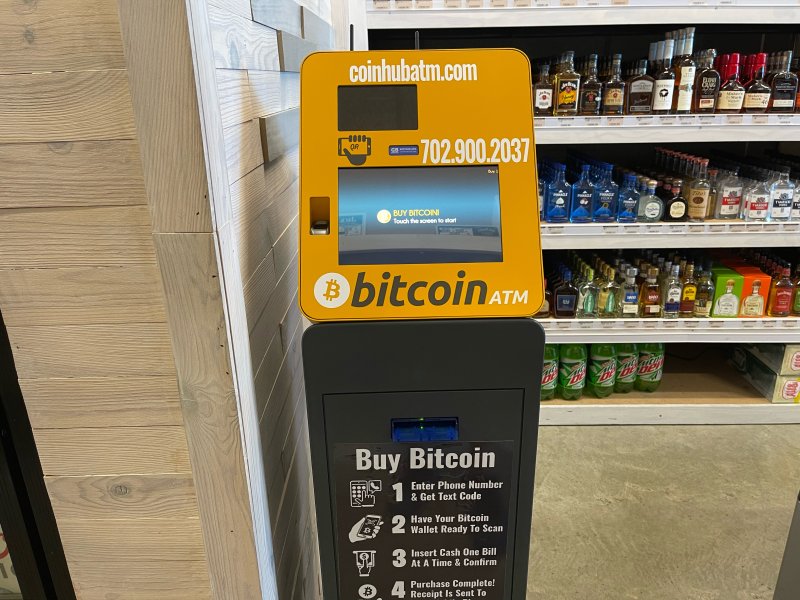
Introduction
Bitcoin ATMs have emerged as an important feature of the cryptocurrency ecosystem, providing accessible options for both seasoned investors and newcomers. As interest in digital currencies grows, the proliferation of these machines is reshaping the way individuals engage with cryptocurrencies. Understanding the significance of Bitcoin ATMs is crucial for anyone looking to navigate the evolving financial landscape.
Current Landscape of Bitcoin ATMs
According to data from CoinATMRadar, as of October 2023, there are over 36,000 Bitcoin ATMs installed worldwide, a notable increase from just a few thousand in 2020. The United States leads the world in Bitcoin ATM installations, accounting for approximately 88% of the global total. Major cities like Los Angeles, Chicago, and New York are hotspots for these machines, which enable users to buy or sell Bitcoin and, in some cases, other cryptocurrencies like Ethereum and Litecoin.
How Bitcoin ATMs Work
Bitcoin ATMs function similarly to traditional bank ATMs but with a digital twist. Users can complete transactions by inserting cash or swiping a debit/credit card, receiving Bitcoin in return. To facilitate transactions, Bitcoin ATMs utilize QR codes to scan users’ digital wallets, ensuring a seamless process. This convenience has attracted a range of users, from those seeking anonymity in their transactions to those without access to traditional banking services.
Advantages and Challenges
One of the key advantages of Bitcoin ATMs is their accessibility. They allow users to quickly and easily buy or sell Bitcoin without needing a bank account or credit history. Additionally, the anonymity provided by these machines appeals to users concerned about privacy.
However, there are challenges to consider. Transaction fees can be higher at Bitcoin ATMs compared to online exchanges, often ranging from 7% to 20%. Moreover, security risks have been associated with some machines, leading to concerns over theft and fraud. Users are advised to conduct thorough research and ensure they are using reputable machines.
Conclusion
The surge in Bitcoin ATMs highlights a shift in how people interact with cryptocurrency, providing a bridge to a digital future. As more individuals recognize the benefits of direct cryptocurrency access, the demand for Bitcoin ATMs is expected to grow. Industry experts predict that in the coming years, we will see a broader adoption of these machines, alongside heightened regulatory scrutiny aimed at ensuring user security. For those invested in the crypto economy, staying informed about Bitcoin ATMs remains crucial as they play an increasingly pivotal role in the financial landscape.



